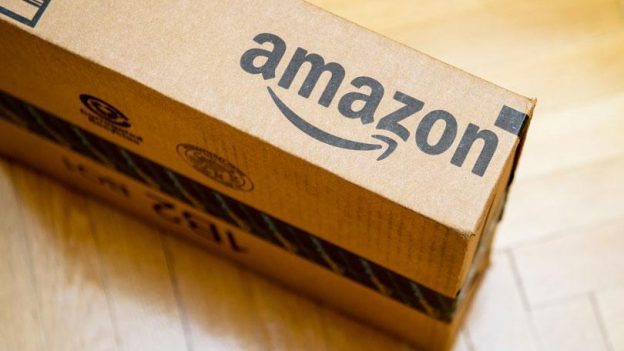The COVID-19 pandemic has hit almost every industry and business in the world in one way or another, and it is interesting to look at how the biggest retailer on the planet has fared so far during the crisis.
With more and more people needing to use Amazon and other online retailers to get the things they needed during lockdowns and social distancing regulations that made normal trips to the shops out of the question for many, Amazon was under a lot of pressure to deliver. While it was plagued with staffing issues and supply chain problems at its locations all over the world, Amazon still managed to record its best sales ever in Q2 of 2020, and its investments in staffing and warehousing this year enabled it to continue its unrivaled growth, even as the pandemic continued during quarters 3 and 4.
Here, we take a look at some of the ways Amazon managed its operations during the crisis, as well as some of the challenges it faced.
Logistics and Supply Chain
Amazon also invested money into trying to keep up with its promised delivery schedules. With Amazon’s Prime membership being one of its flagship products, one which offers customers quick guaranteed delivery times on their orders as well as other benefits like access to Amazon’s TV streaming service, it quickly became a customer satisfaction issue if Amazon was unable to fulfill Prime customers’ orders within the usual expected timeframe.
Amazon is a company well known for its innovation and its prioritization over the supply chain and logistics, and so the challenges that the pandemic brought along with it in this area were ones it needed to strive to tackle straight away. Experts in supply chain consulting like Supply Velocity strongly recommend businesses continuously work to make their supply chain processes as lean and efficient as possible, and Amazon is generally seen as a leader when it comes to this. However, there were certainly some problems in the first months of the pandemic before investments were made and changes implemented, with Amazon’s drive to prioritize necessities threatening the livelihoods of many third-party sellers of other types of items.
Staffing
Amazon, like many businesses, had to shift some of its operations in departments like customer service and administration to smart working. However, with warehousing and other fulfillment related work still needing to be done on-site, Amazon upped its headcount to deal with increased demand, raising its employee numbers by 34% on 2019.
In-Demand Products
Because Amazon’s business model includes selling a lot of third-party products, it had a difficult time as sales of particular items like toilet paper and hand sanitizer began to soar. Amazon not only had to work on prioritizing warehouse space for products in high demand, but also had to combat a surge of ‘price gouging’ for items like these from its less scrupulous sellers.
Amazon is likely to record sales of over $100 billion for the first time in the final quarter of 2020, a huge milestone for the business. However, the lessons Jeff Bezos and his company have learned in this tough year are ones that will be likely to lead to even more profitable changes in Amazon’s future.




